A Presentation on Theories, Principles, and Models in Teaching Methods
VerifiedAdded on 2023/03/22
|16
|888
|55
Presentation
AI Summary
This presentation provides a detailed analysis of the theories, principles, and models applied in teaching, learning, and assessment. It covers behavioral theory, cognitive theory, and social learning theory, explaining how each influences the learning process. The presentation also examines communication models, including the Shannon and Weaver model, David Berlo's SMCR model, and Schramm's model, highlighting their importance in effective communication within organizations. It emphasizes the practical implementation of these theories to enhance learning and knowledge sharing, particularly in organizational settings, supported by a list of relevant academic references. Desklib is a website where you can find a lot of similar solved assignments and past papers.
1 out of 16

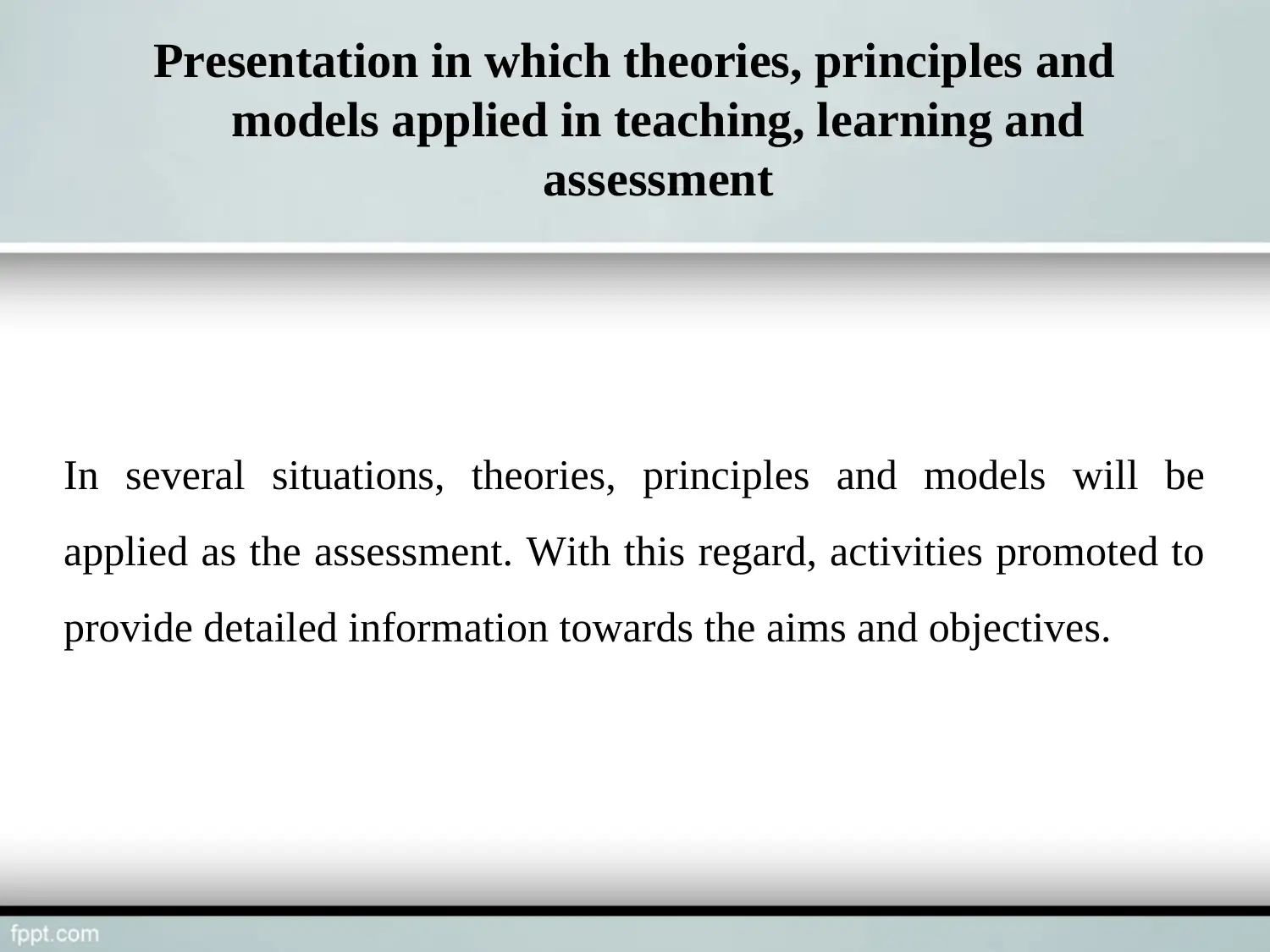
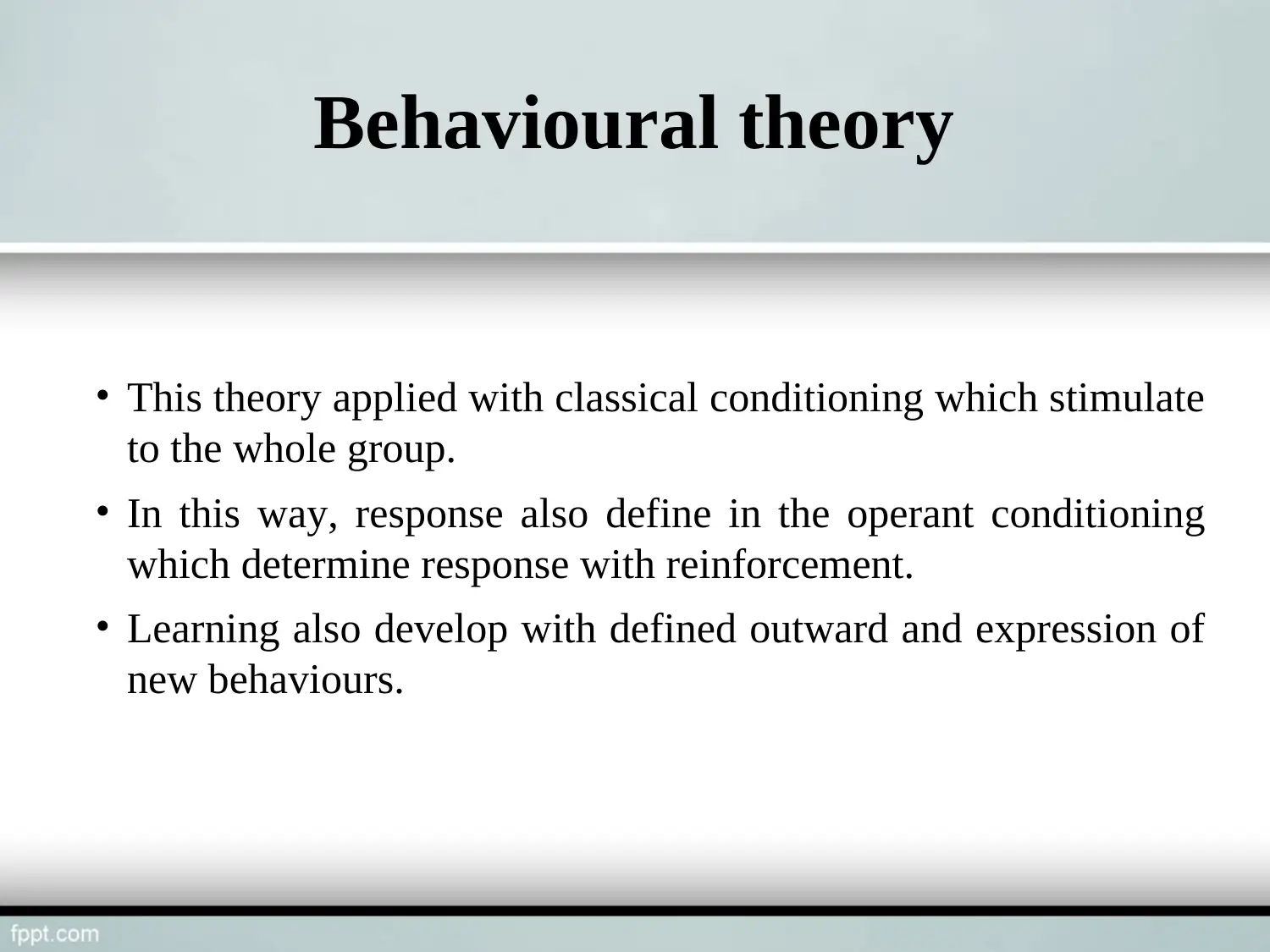

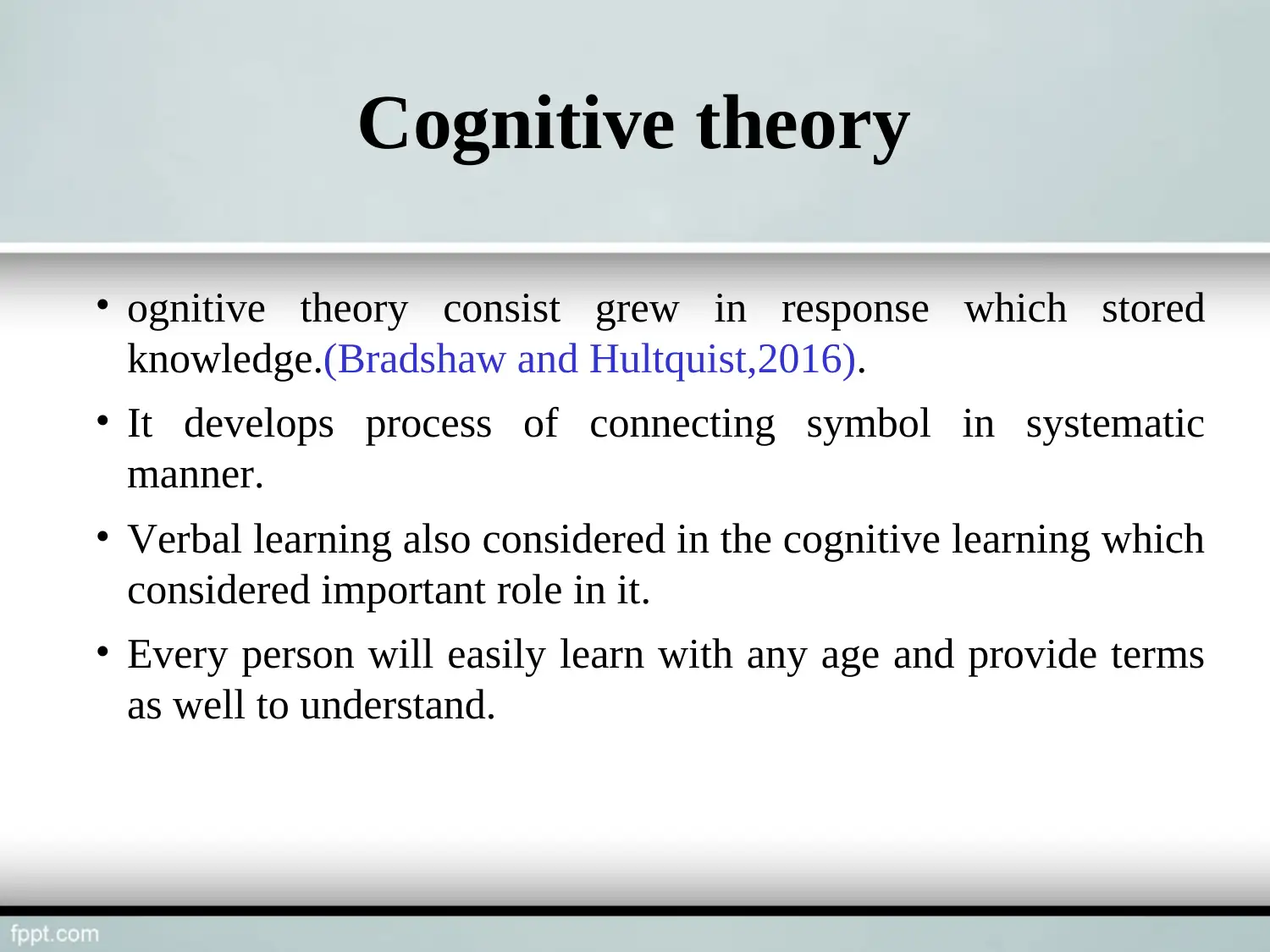
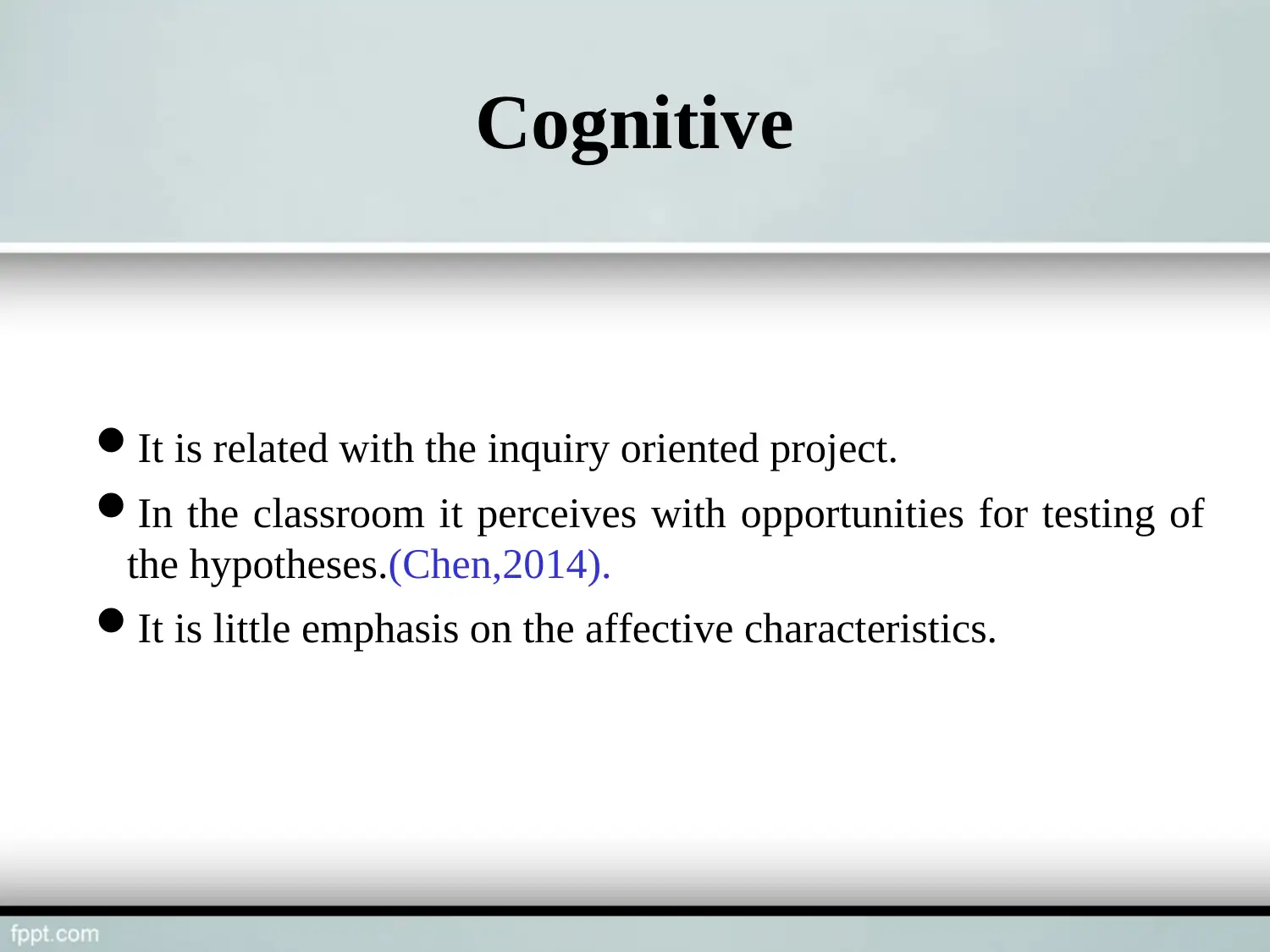
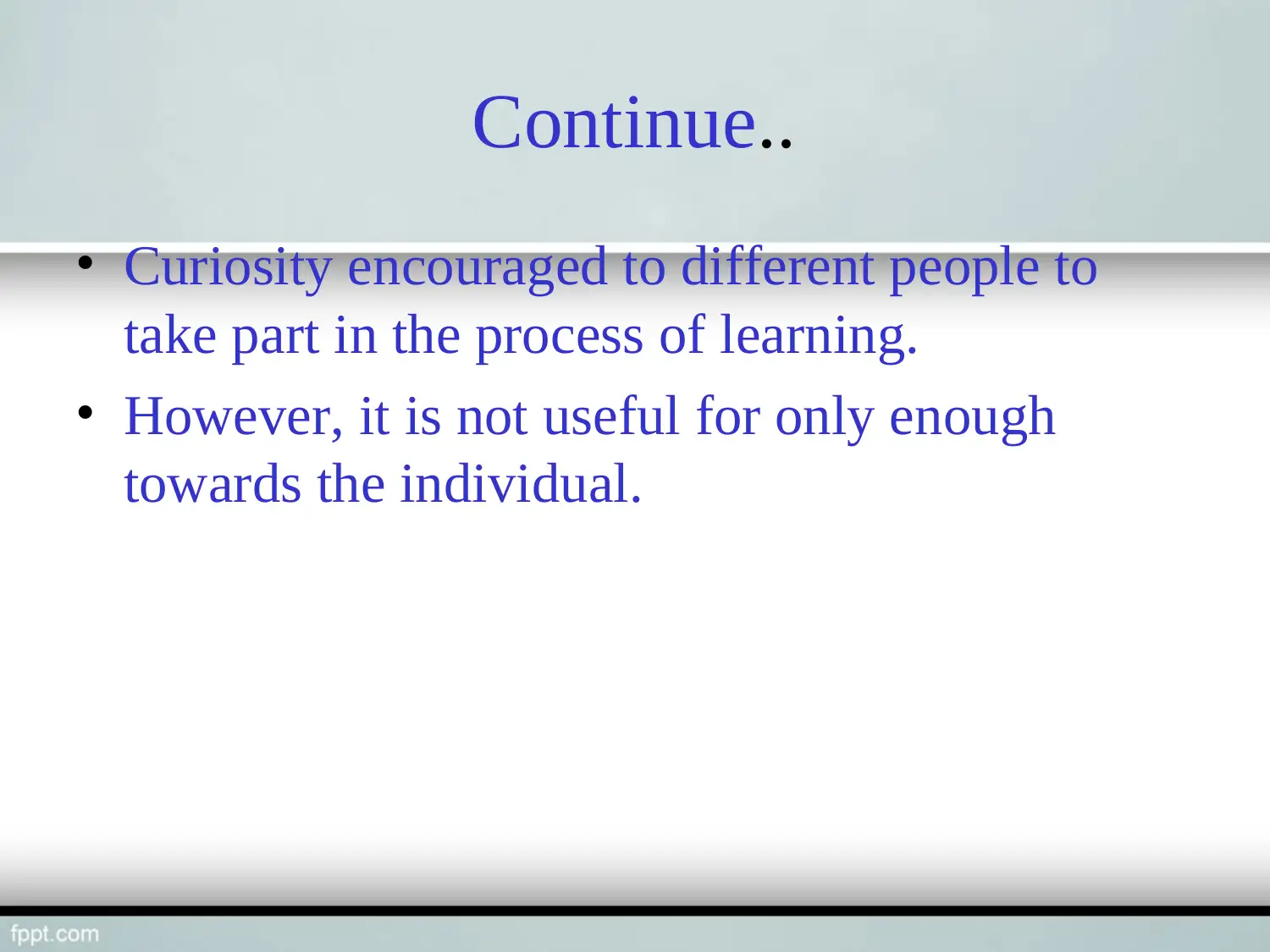
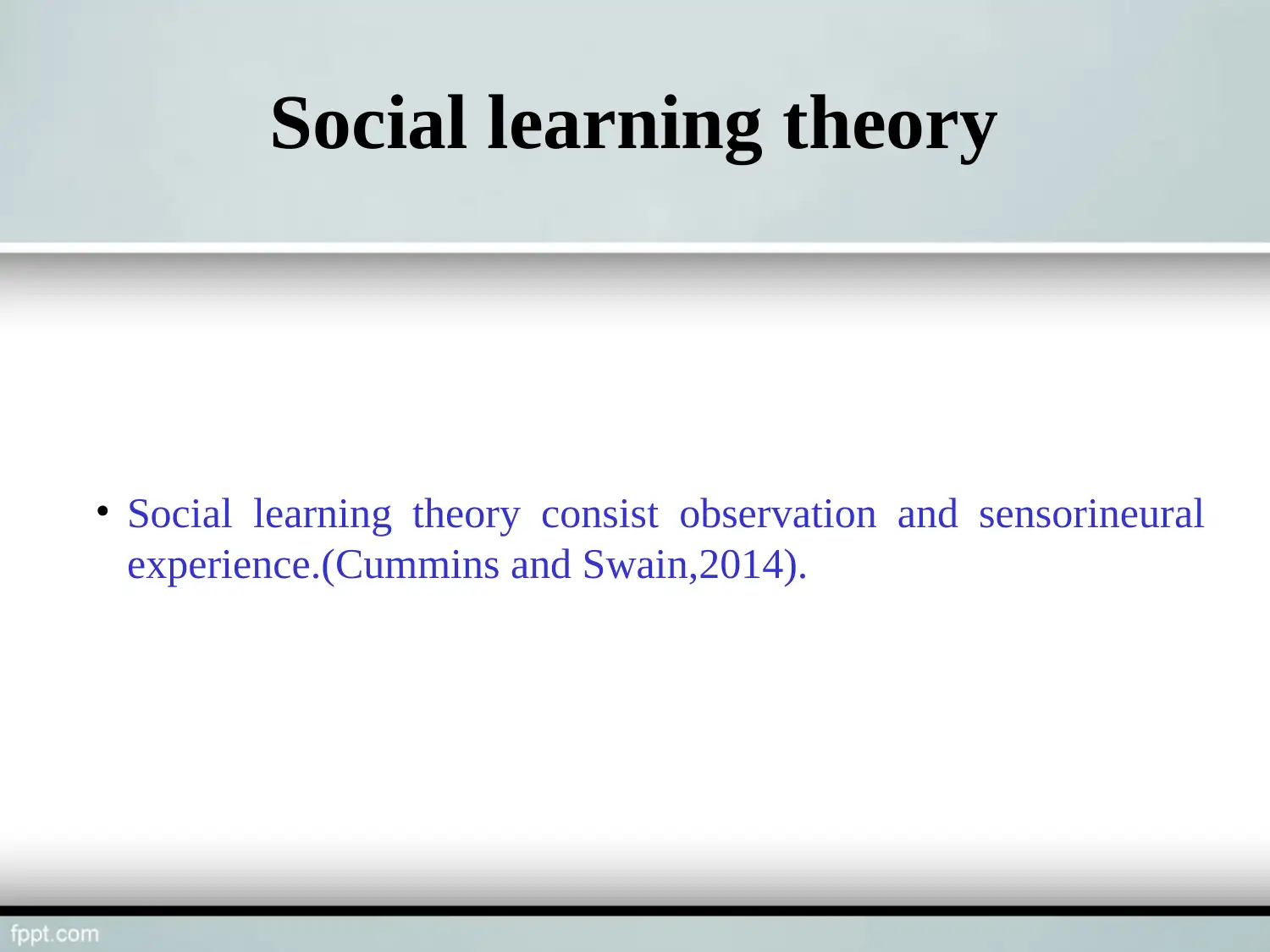
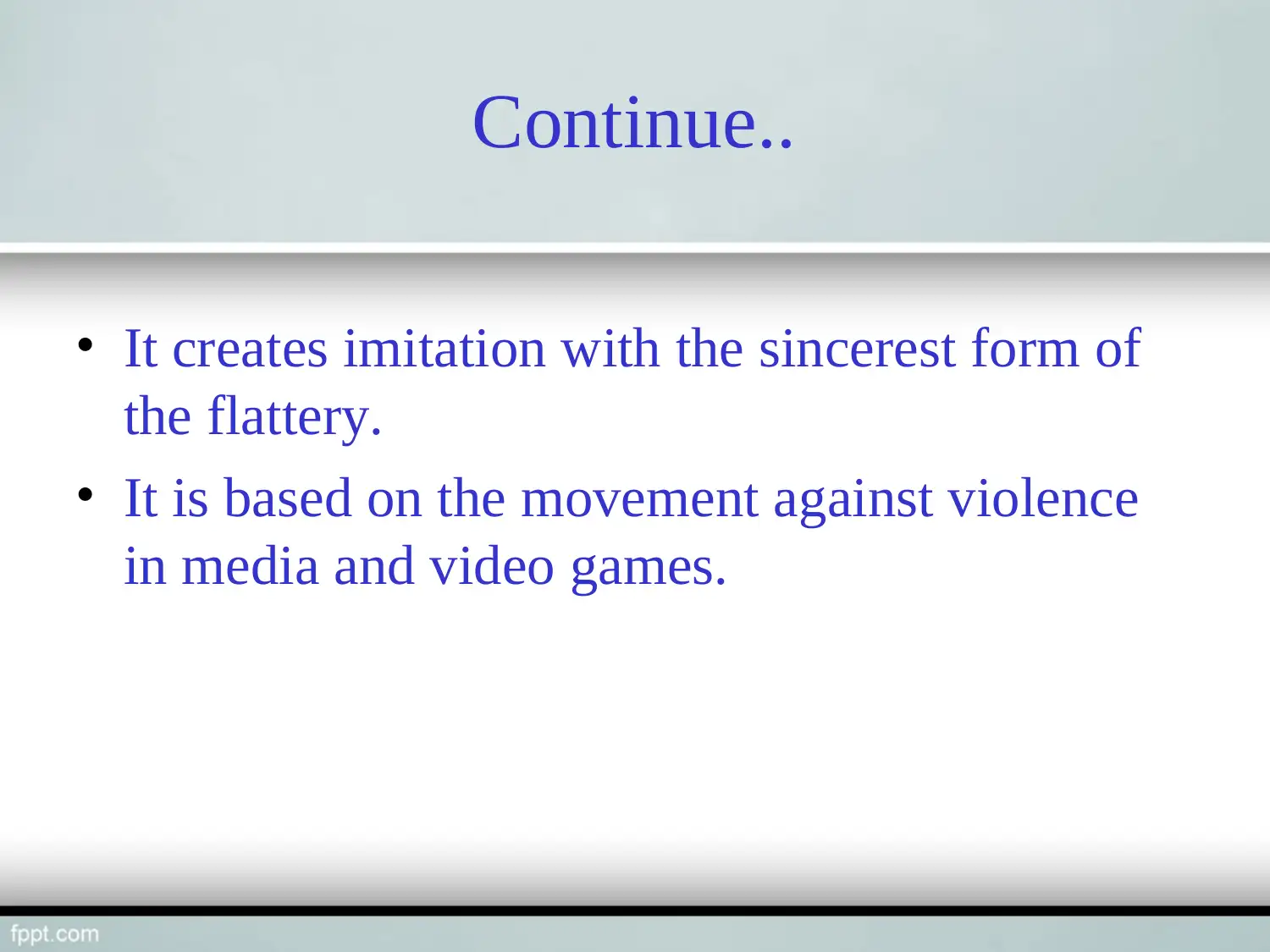
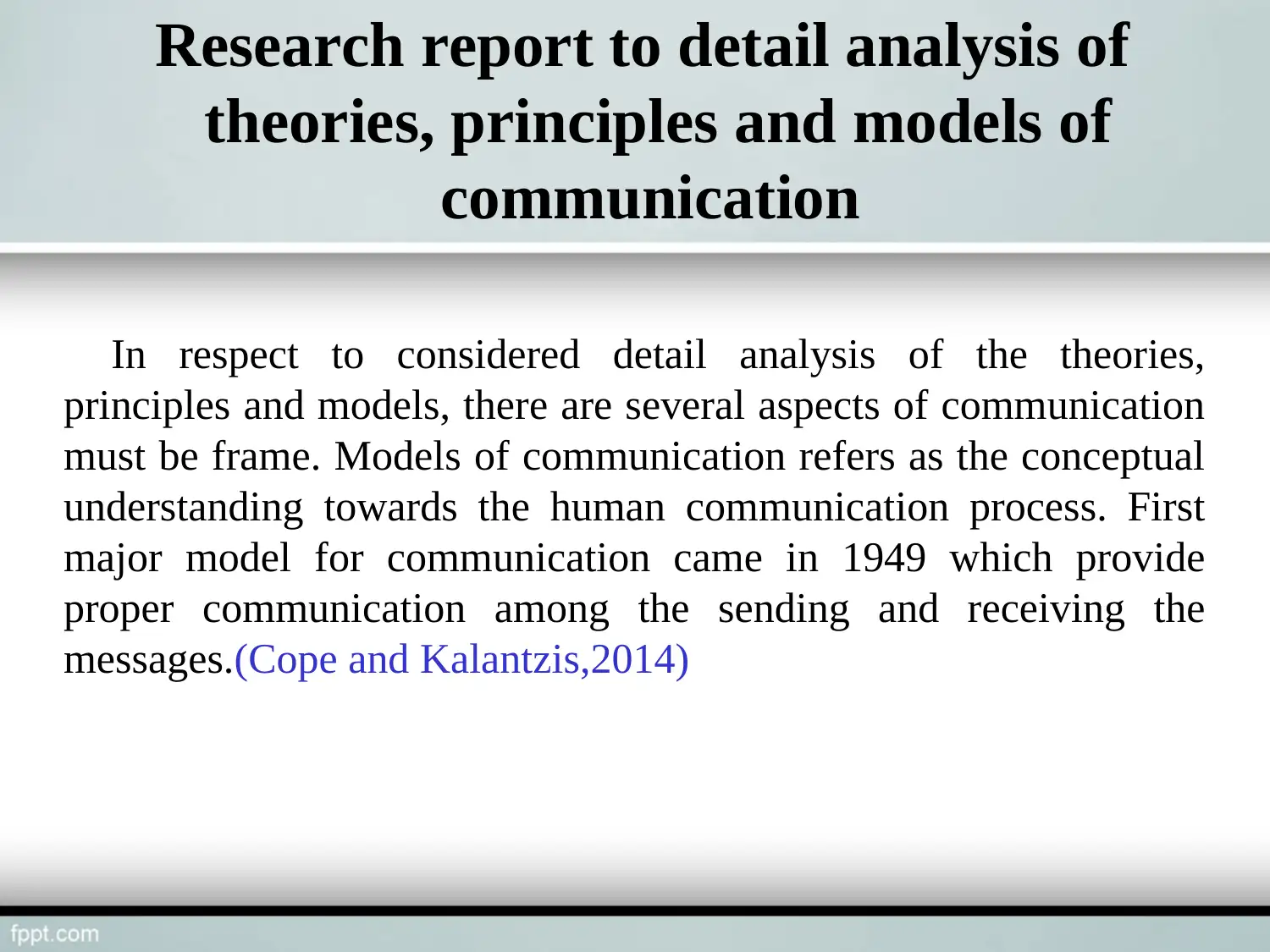
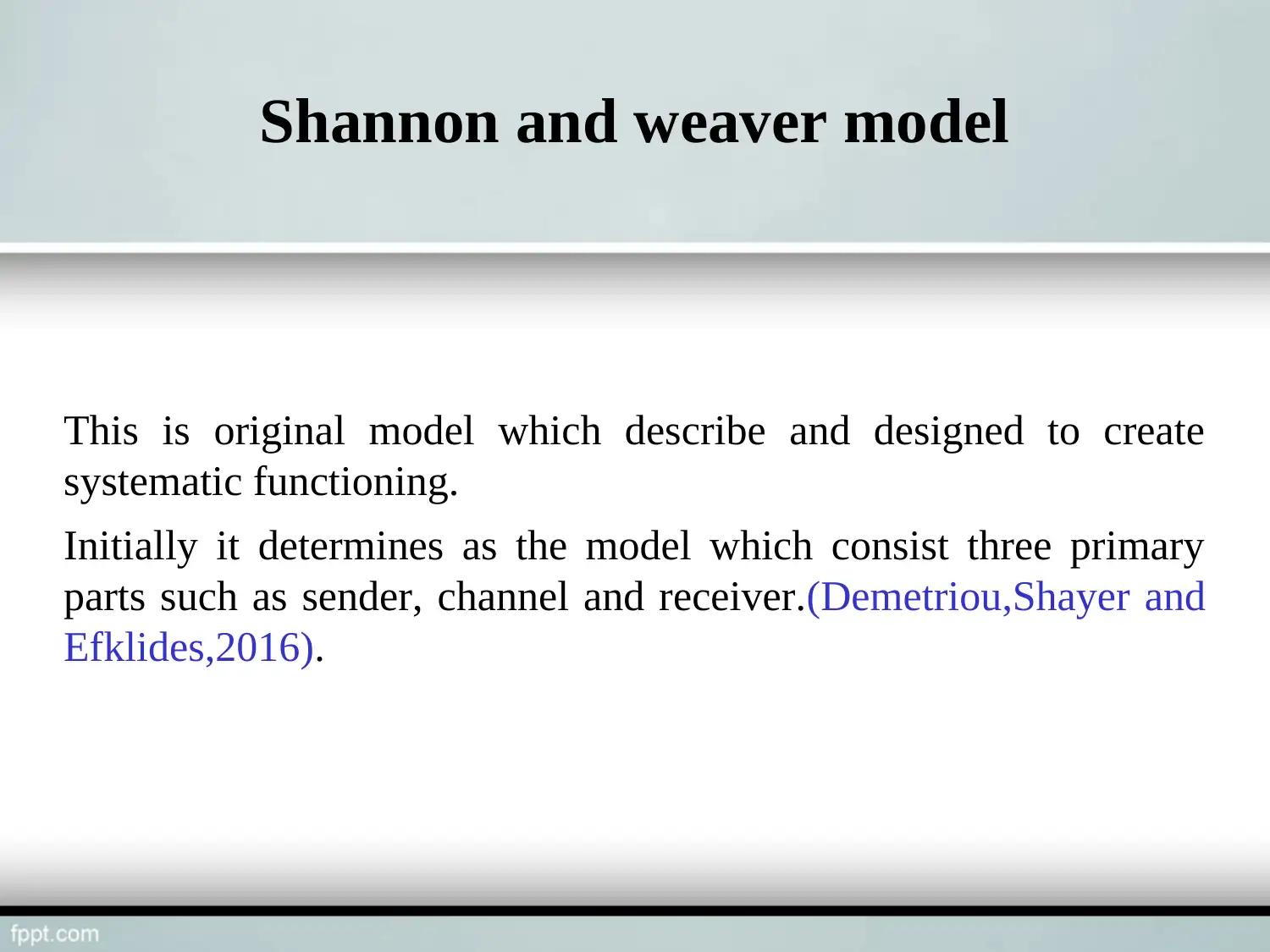
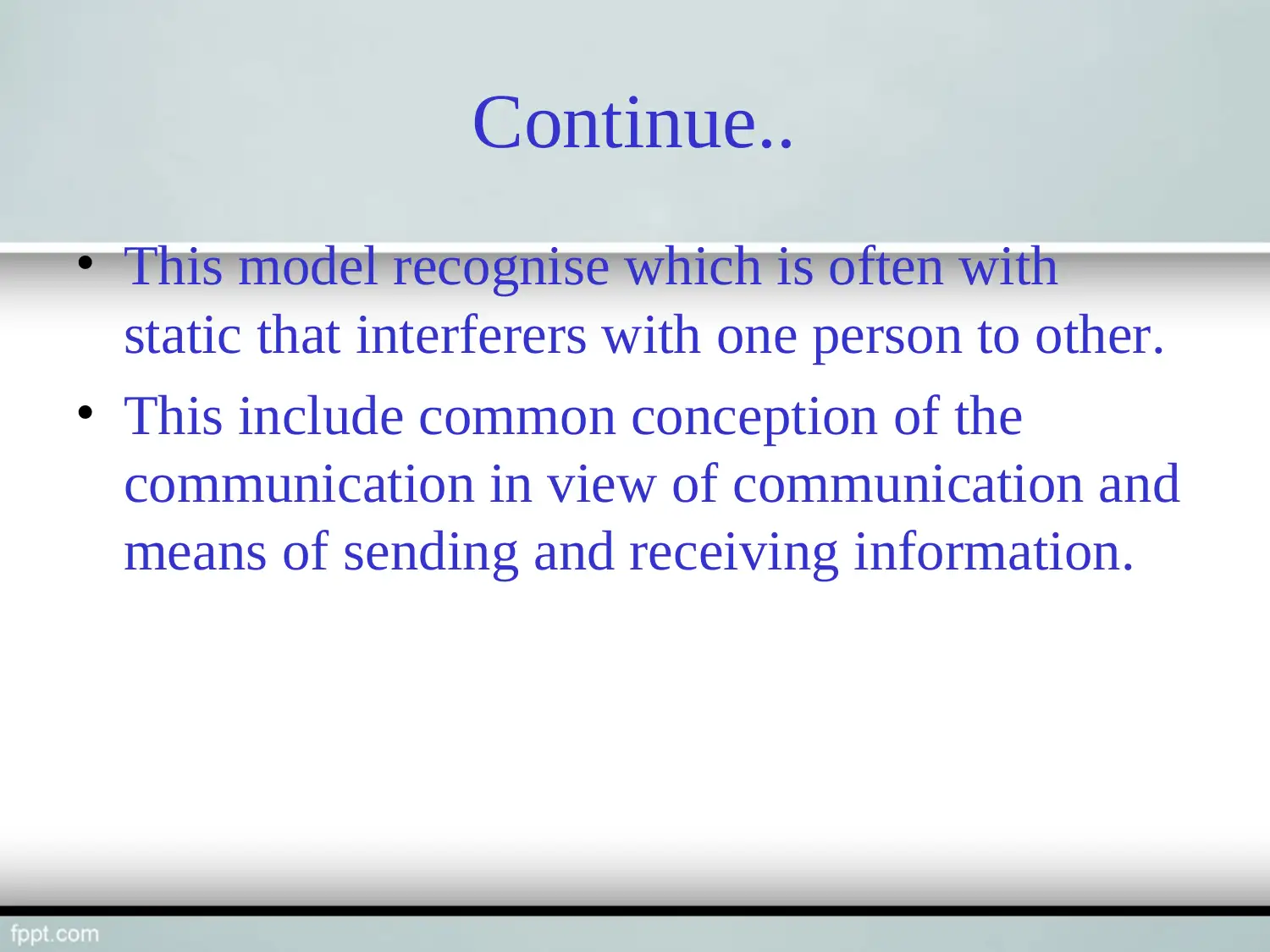
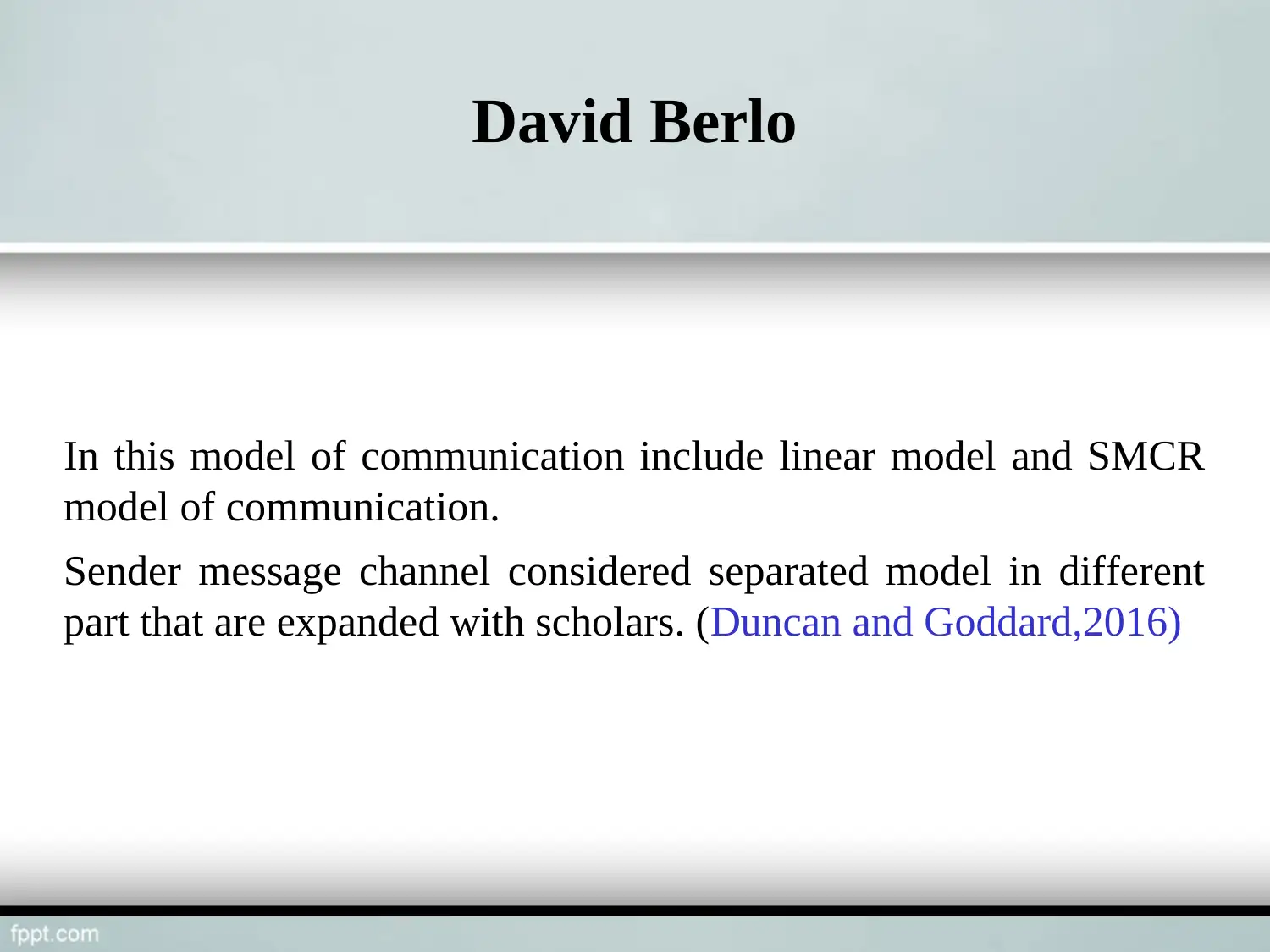




![[object Object]](/_next/static/media/star-bottom.7253800d.svg)